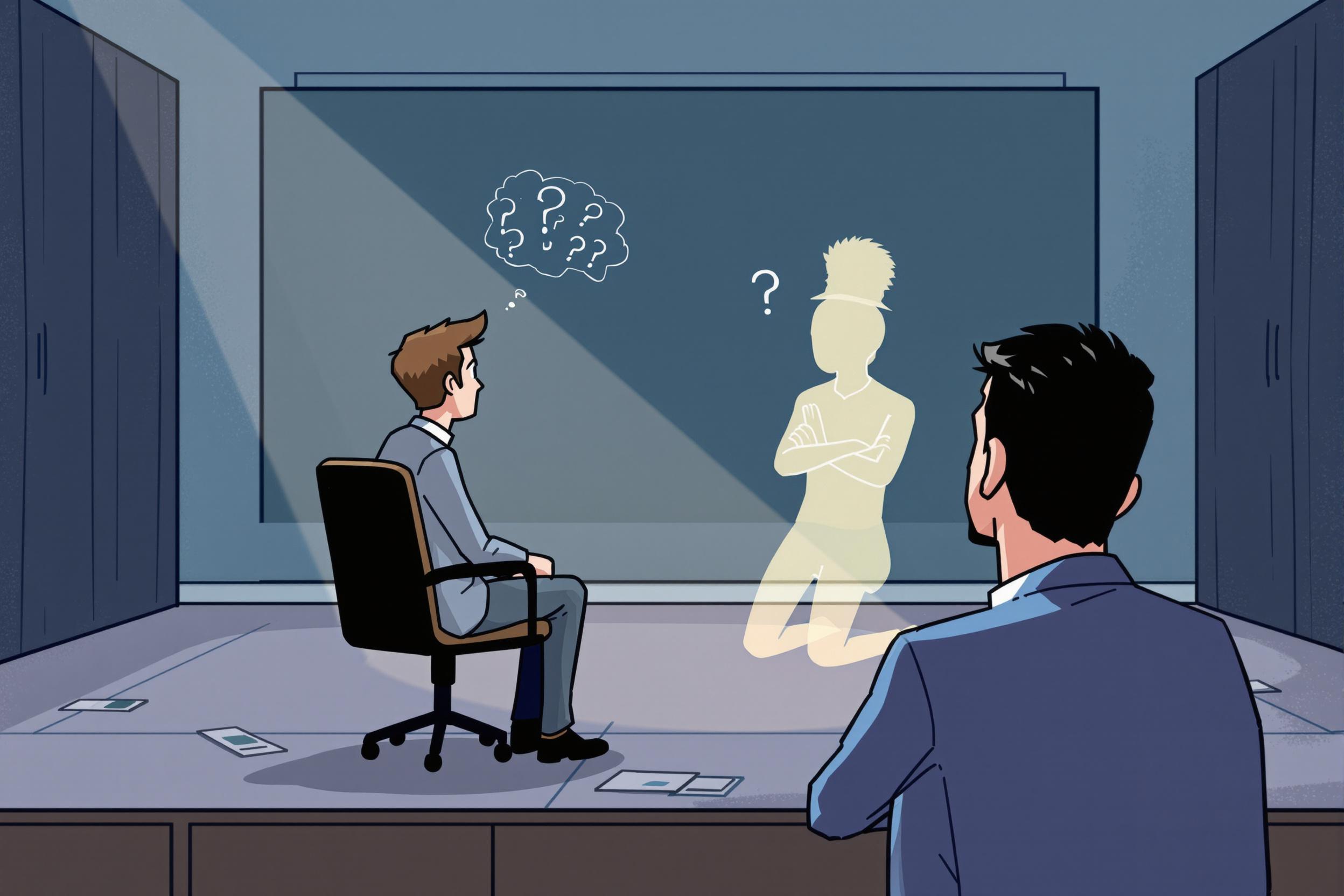
Feathering
Feathering is a popular hair cutting and styling technique where the hair is cut to create soft, wispy layers that blend seamlessly together, similar to the appearance of feathers. This method helps reduce bulk and creates movement in the hair while maintaining a natural look. It's different from regular layering because it produces a more delicate, graduated effect. Hairstylists often use this technique to add texture and volume to different hair lengths. You might also hear it called "textured layers" or "soft layering" in job descriptions.
Examples in Resumes
Specialized in creating modern styles using Feathering techniques for diverse hair types
Trained junior stylists in advanced Feathering and Feather Cut methods
Developed expertise in Feathered Layers and precision cutting techniques
Typical job title: "Hair Stylists"
Also try searching for:
Where to Find Hair Stylists
Professional Organizations
Online Communities
Job Resources
Example Interview Questions
Senior Level Questions
Q: How do you adapt feathering techniques for different hair textures and types?
Expected Answer: A senior stylist should explain how they modify the technique based on hair thickness, texture (curly, straight, fine, coarse), and desired outcome. They should mention specific tools and angles used for different effects.
Q: How would you train a junior stylist in feathering techniques?
Expected Answer: Should demonstrate teaching methodology, breaking down the technique into learnable steps, explaining common mistakes to avoid, and methods for ensuring consistent results.
Mid Level Questions
Q: What are the key differences between feathering and regular layering?
Expected Answer: Should explain how feathering creates softer, more blended transitions compared to traditional layering, and describe the different cutting techniques used for each.
Q: How do you determine if feathering is suitable for a client's hair type and face shape?
Expected Answer: Should discuss consultation process, assessment of hair texture and density, and how to explain the expected results to clients.
Junior Level Questions
Q: What tools do you use for feathering and why?
Expected Answer: Should be able to identify basic tools like thinning shears, regular scissors, and explain their proper use in creating feathered looks.
Q: What are the basic steps in creating a feathered cut?
Expected Answer: Should describe the fundamental process of sectioning hair, proper cutting angles, and basic technique for creating soft layers.
Experience Level Indicators
Junior (0-2 years)
- Basic feathering techniques
- Proper use of cutting tools
- Basic hair sectioning
- Client consultation basics
Mid (2-5 years)
- Advanced feathering techniques
- Adapting styles to different hair types
- Combining techniques for custom looks
- Problem-solving difficult hair textures
Senior (5+ years)
- Creating innovative feathering variations
- Training and mentoring others
- Advanced corrective techniques
- Managing challenging client requests
Red Flags to Watch For
- Unable to explain different feathering techniques for various hair types
- Lack of knowledge about proper cutting tools and their maintenance
- Poor understanding of hair texture and growth patterns
- Insufficient experience with client consultation
Related Terms
Need more hiring wisdom? Check these out...

Refining Job Descriptions to Expand Applicant Pools: Casting a Wider Talent Net

Cutting HR Costs Without Sacrificing Quality: A How-To for Savvy Executives

From Passive to Active: Nurturing Candidates Over the Long Haul

